Coffee beans, thought to have been discovered in Ethiopia around 950 A.D., in fact are the seed of sweet red “coffee cherries,” which grow in bunches like grapes. Cultures worldwide have since developed unique devices to extract the flavorful, water-soluble compounds from the roasted beans. Most fall into one of two types: devices that immerse coffee grounds in heated water, and others that pass water through the grounds. The former tends to yield a stronger cup, but water temperature, time, quality of the coffee, ratio of water and size of the grounds all have significant impact on the finished beverage.
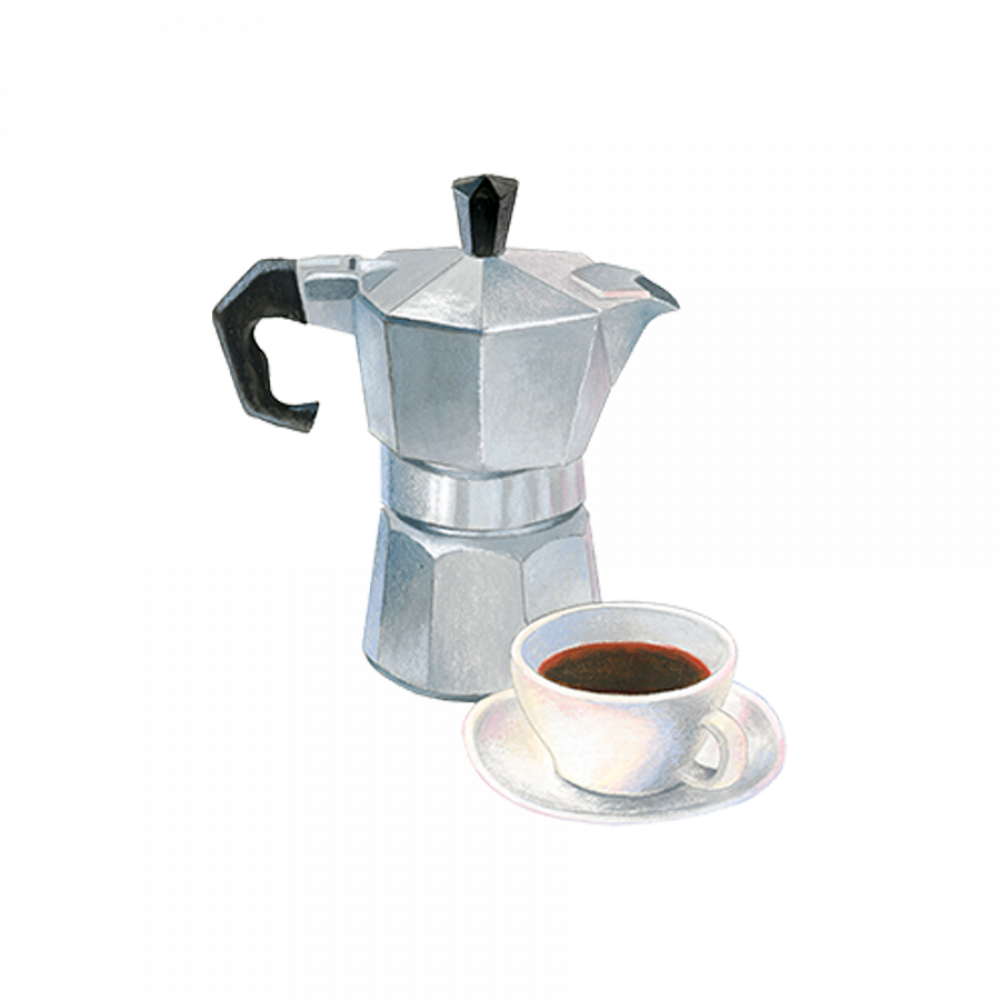
MOKA
The iconic octagonal coffee pot was invented in 1933 in Italy, where a few decades before the espresso machine had been developed. It was the first device to bring espresso out of the coffeehouse and into the home. Finely ground coffee is pressed into a metal filter set between two chambers that are screwed
together. When the water in the bottom boils over medium heat, it bubbles up into the coffee and through a tube into the top chamber, much like a pressurized percolator.
JEBENA
This elongated pitcher is the centerpiece of Ethiopia’s elaborate coffee ceremony, held multiple times a day in some homes. Raw, green beans are washed and roasted over a fire, then roughly ground with a mortar and pestle. They then are added to the decanter-liked jebena, where they brew in boiling water. A full tray of cups are filled with a single high pour to help keep the grounds from flowing through the spout. The same grounds are used for three rounds of coffee, with the third and lightest cup conveying a blessing.
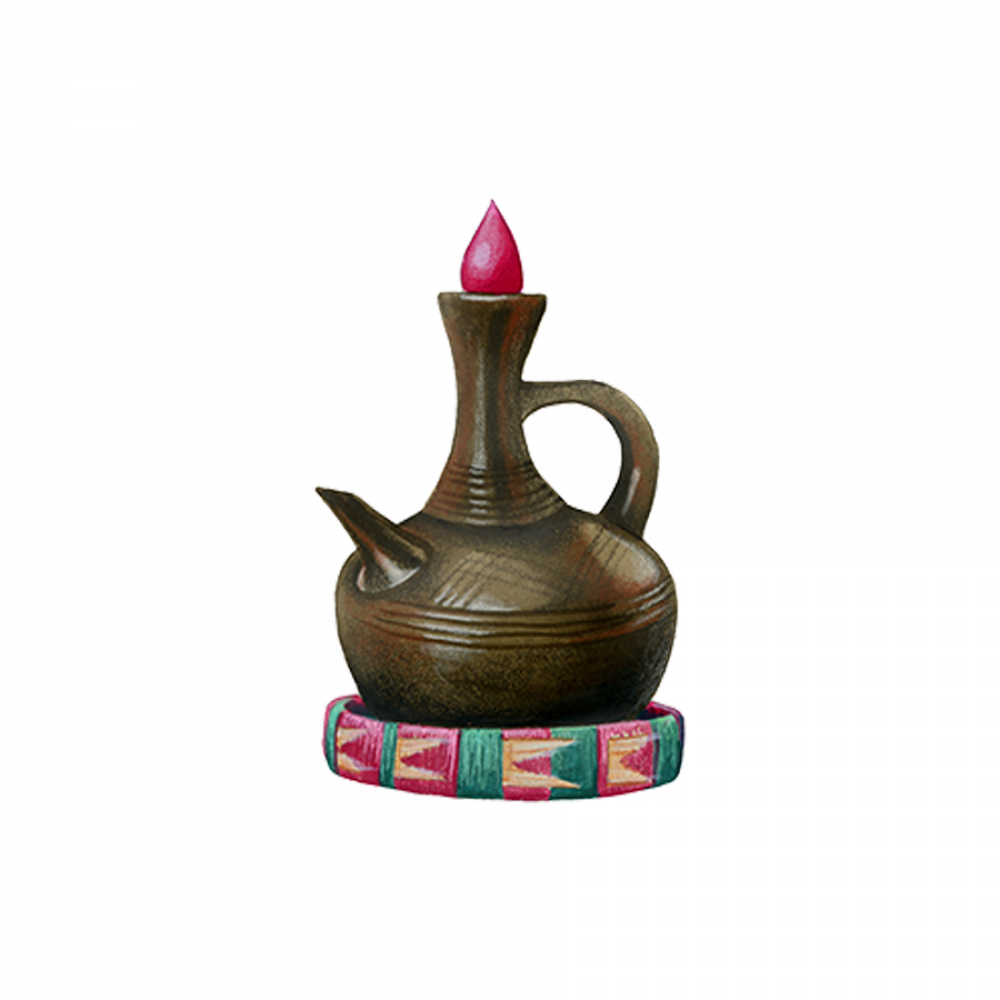
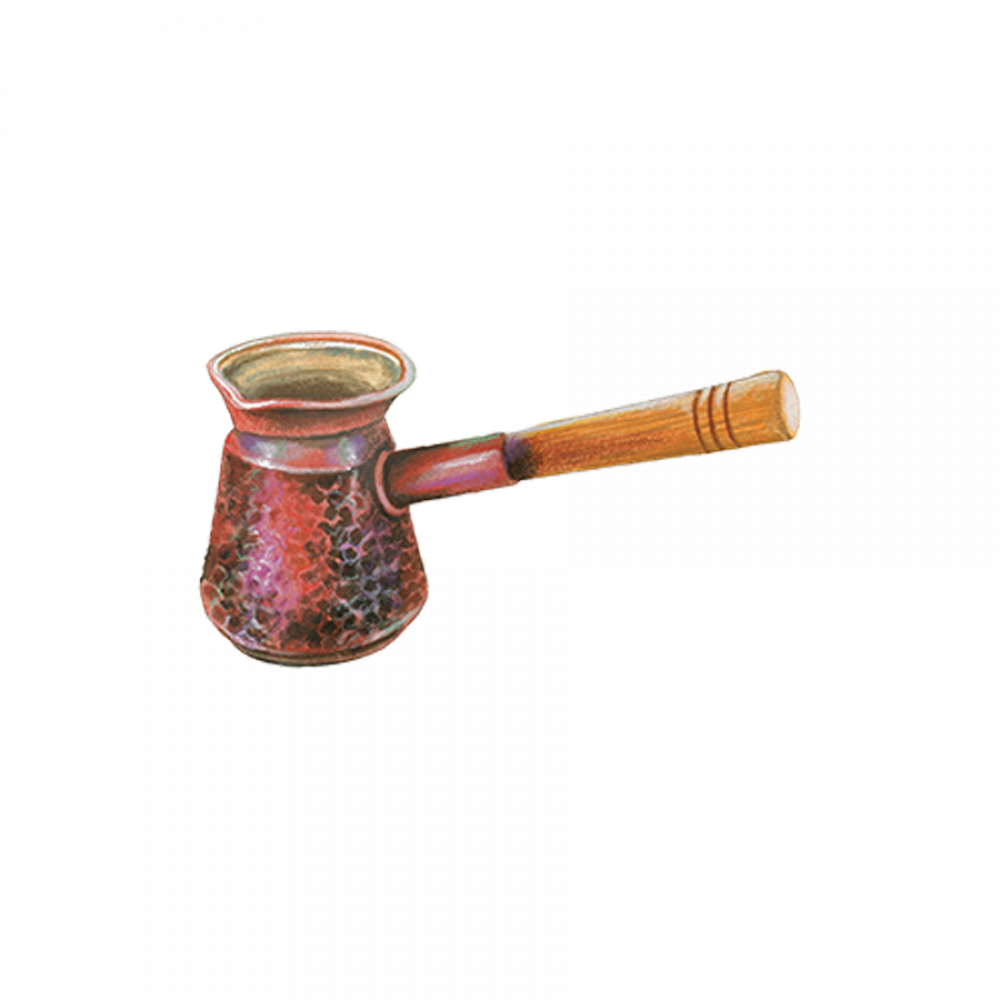
CEZVE
This long-handled Turkish copper pot was the brewing method used in the world’s first coffeehouses, which opened in the Ottoman capital of Constantinople during the 15th century. Beans ground to a very fine powder are combined with cold water and sugar in the cezve, also called an ibrik. The mixture then is cooked directly on hot coals. The liquid should never boil, but rather heat slowly while being stirred to create a layer of foam. Many of the grounds settle to the bottom, but those that make it into the cup traditionally were read like tea leaves to divine the drinker’s fortune.
PHIN
Though it’s unclear who invented this single-cup Vietnamese brewer, it followed the introduction of coffee by the French around the 1850s. A cross between a French press and a pour-over, the four-part stainless steel device sits atop the cup. Coffee is added to a chamber that goes on a base filter straddling the cup, and a handled press tamps down the grounds inside. Hot water is poured over the press in two stages, then a lid covers the chamber while brewed coffee slowly drips into syrupy sweetened condensed milk in the cup below.
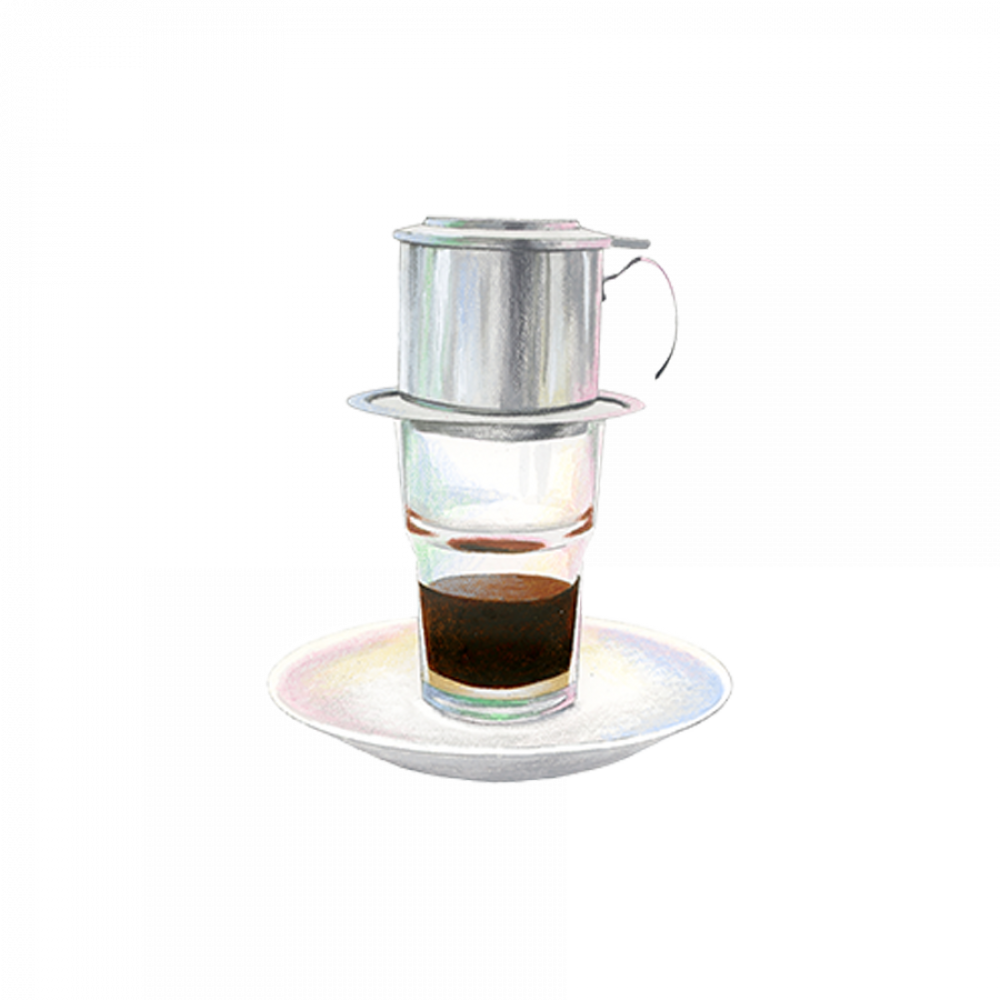
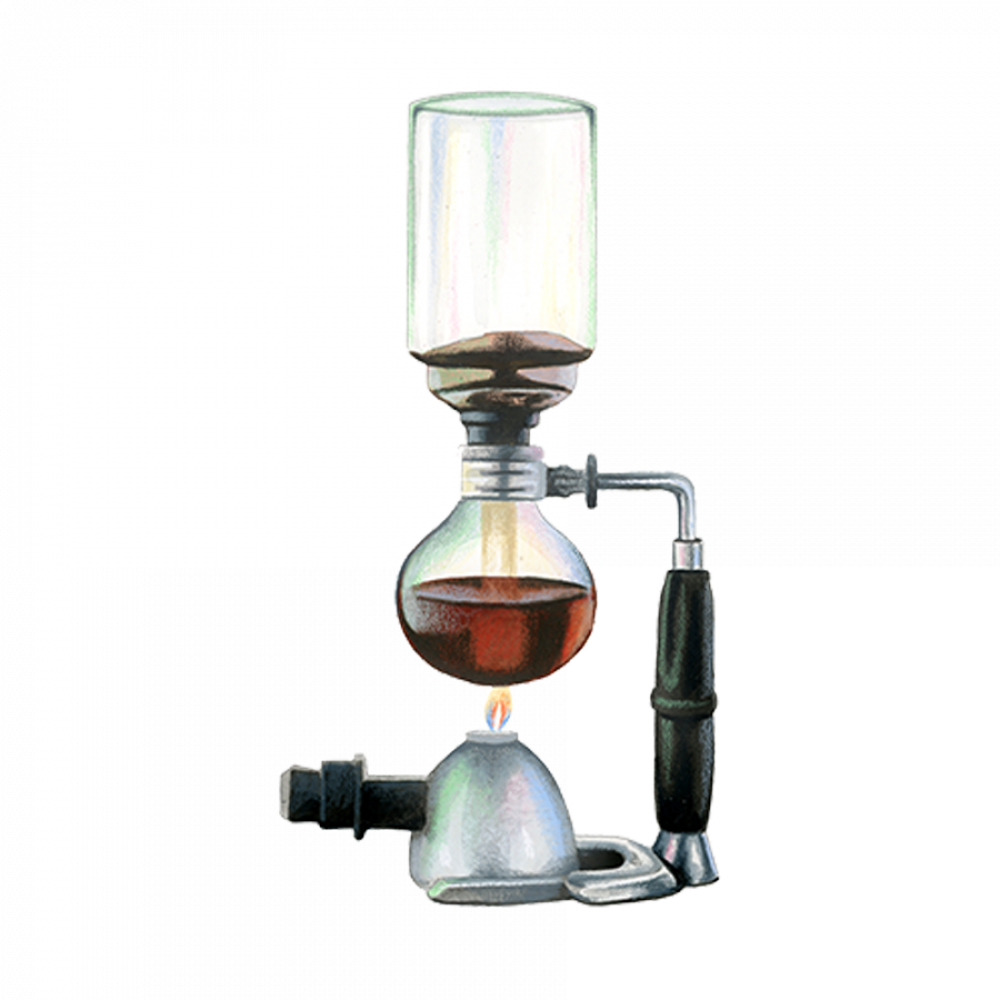
SIPHON
This elaborate coffee maker was patented in Germany in the 1830s at a time when the prevailing perception was that boiling coffee destroyed its flavor. Also called a vacuum pot, the siphon consists of two glass chambers attached with a pipe and gasket. Water goes in the bottom chamber over a heat source, and the pressure built up from the heat pushes hot water into the top. Medium-ground coffee is dumped in the hot water, and as the bottom chamber cools, brewed coffee is sucked back into the bottom, leaving the grounds above.







